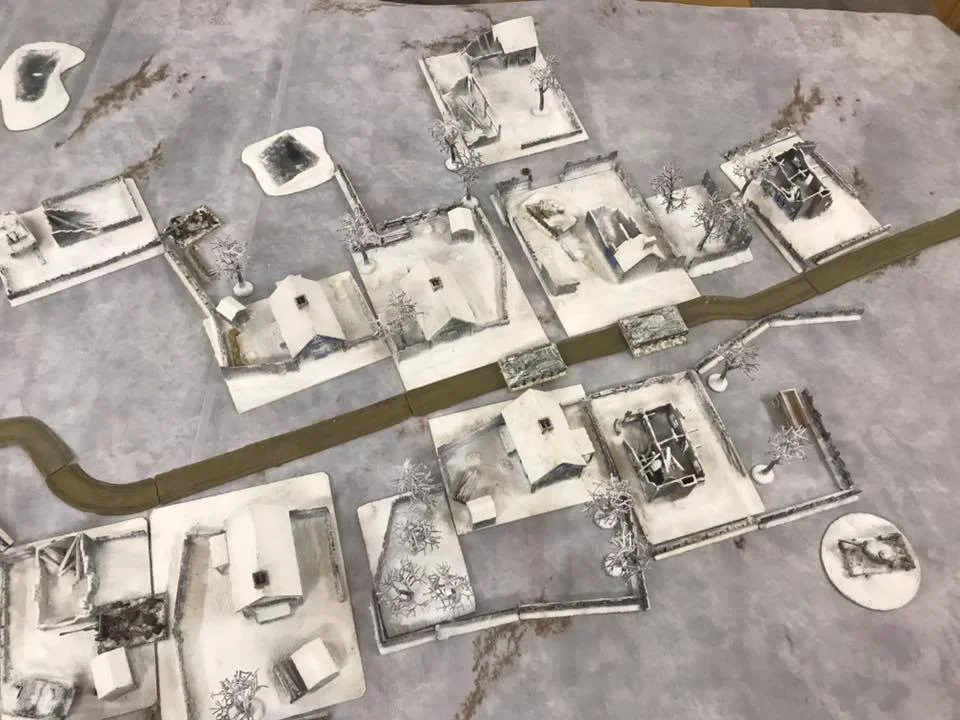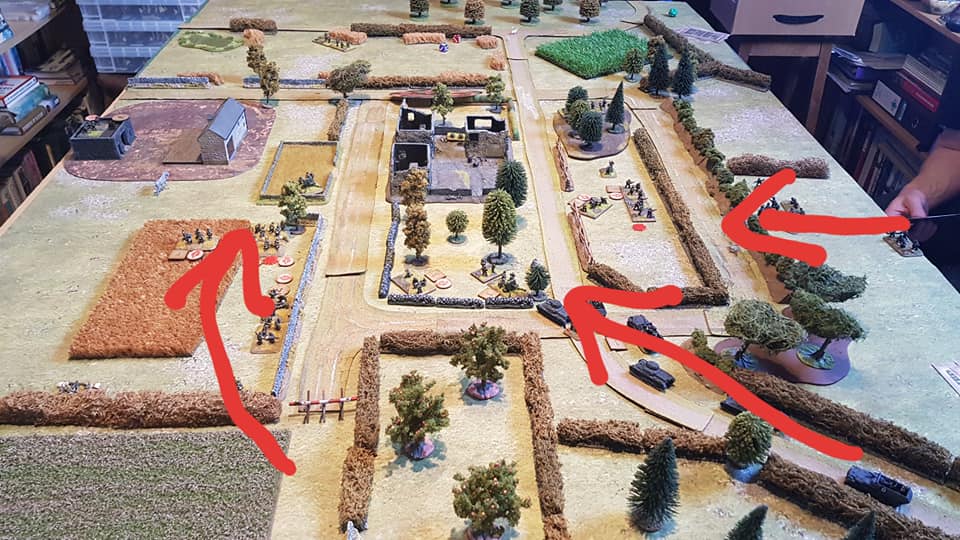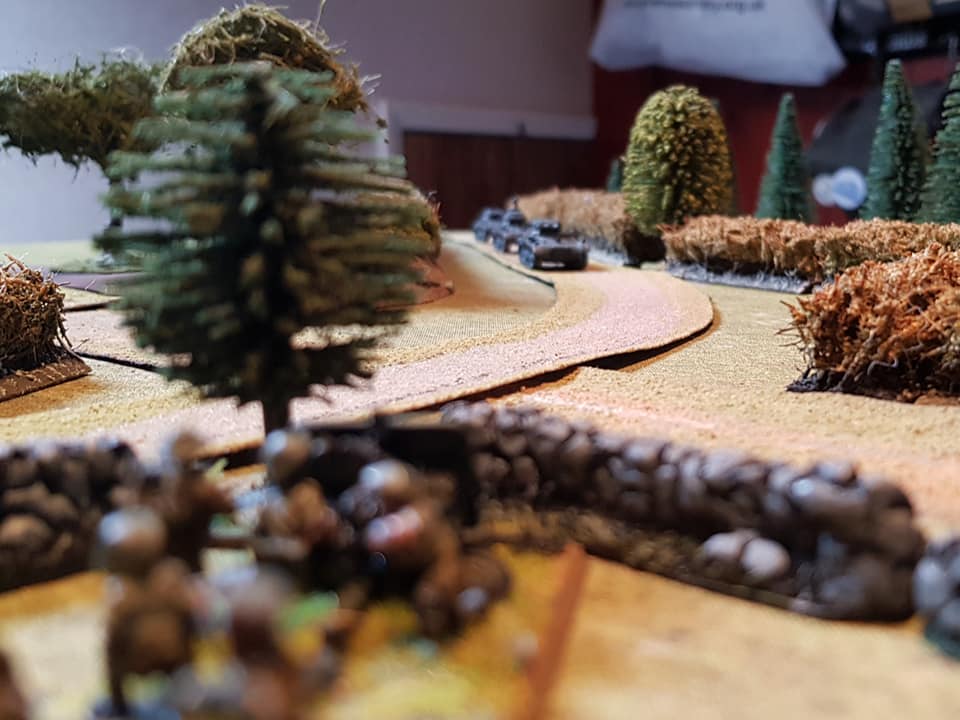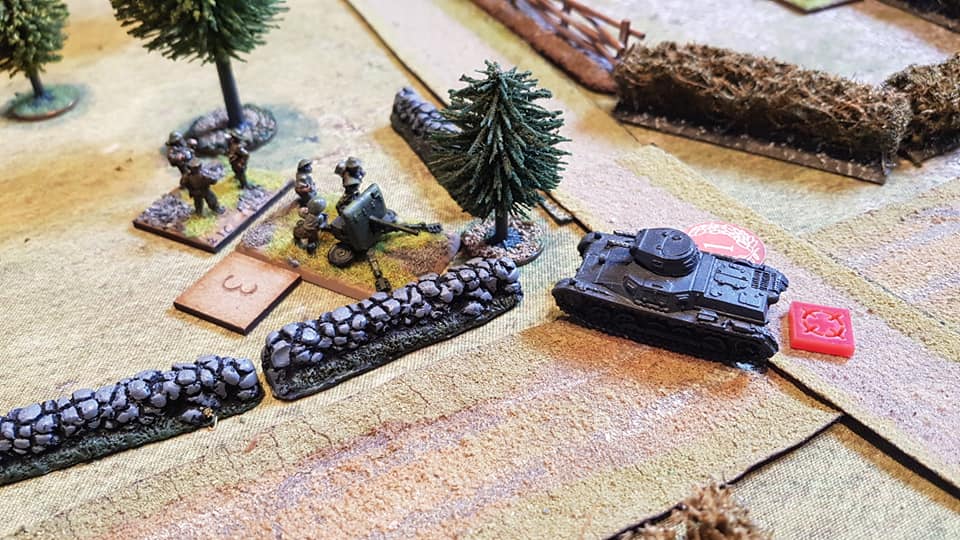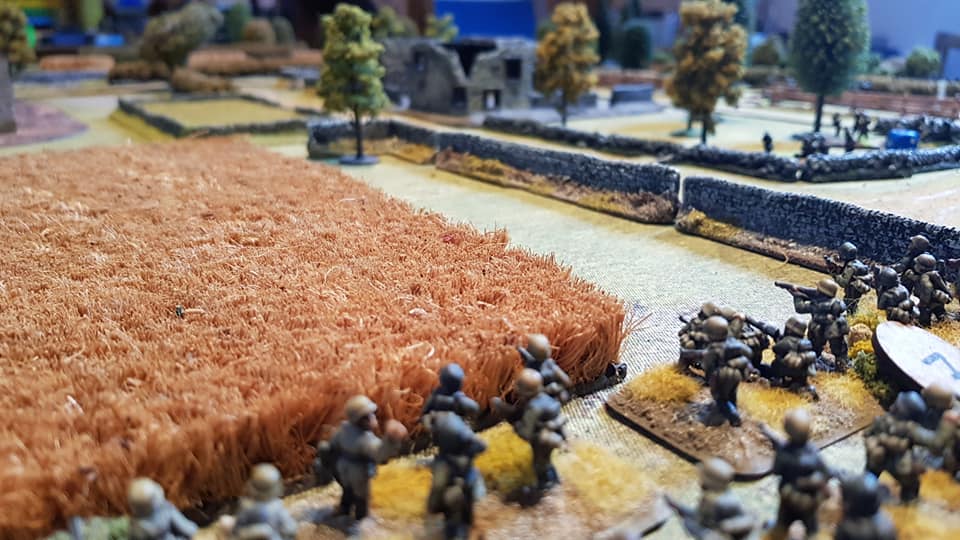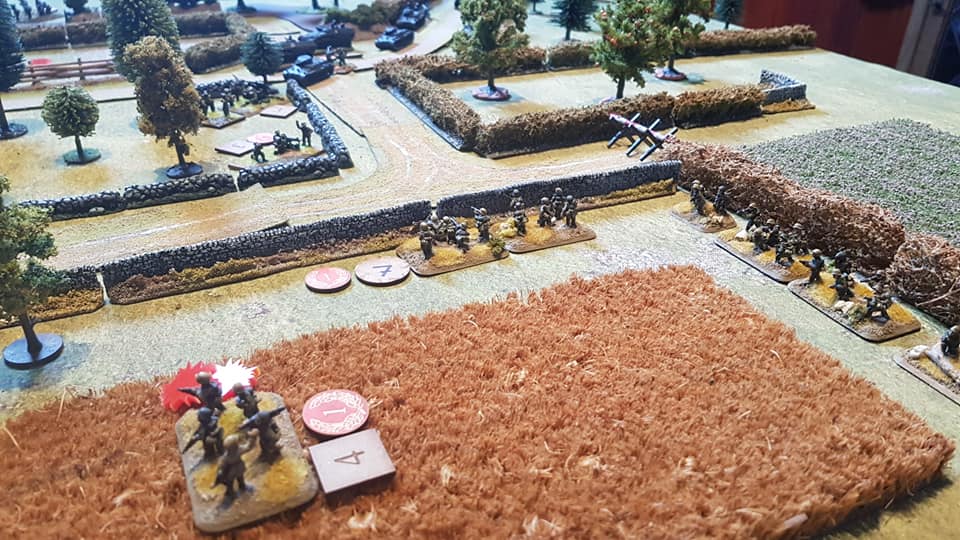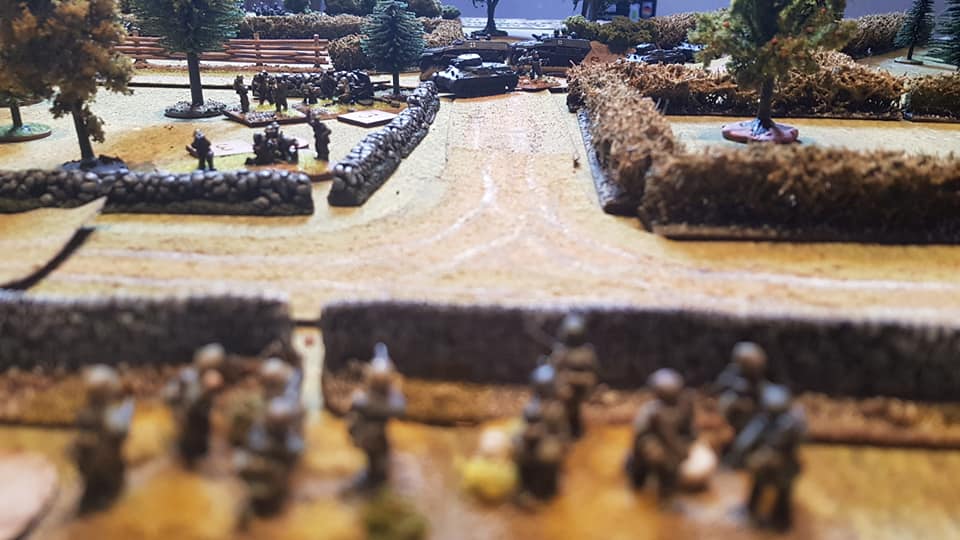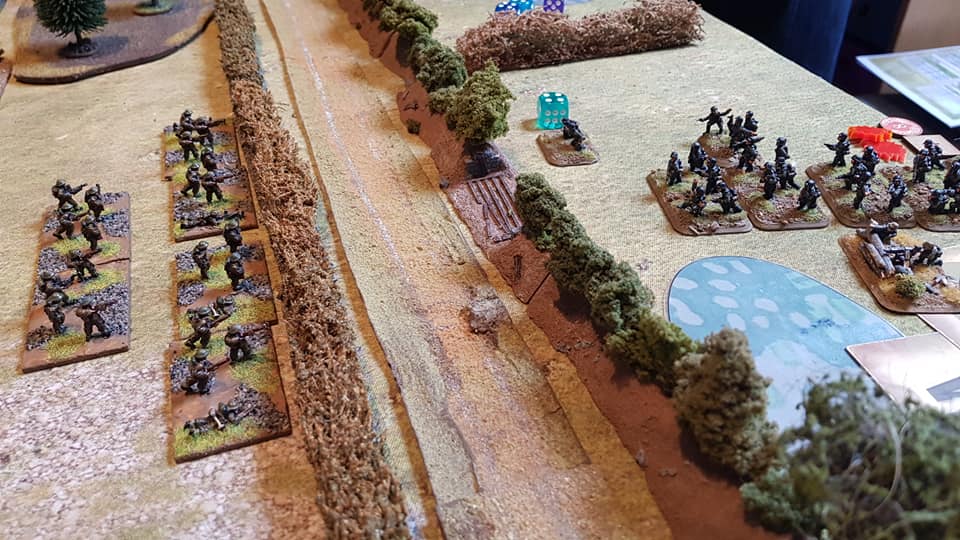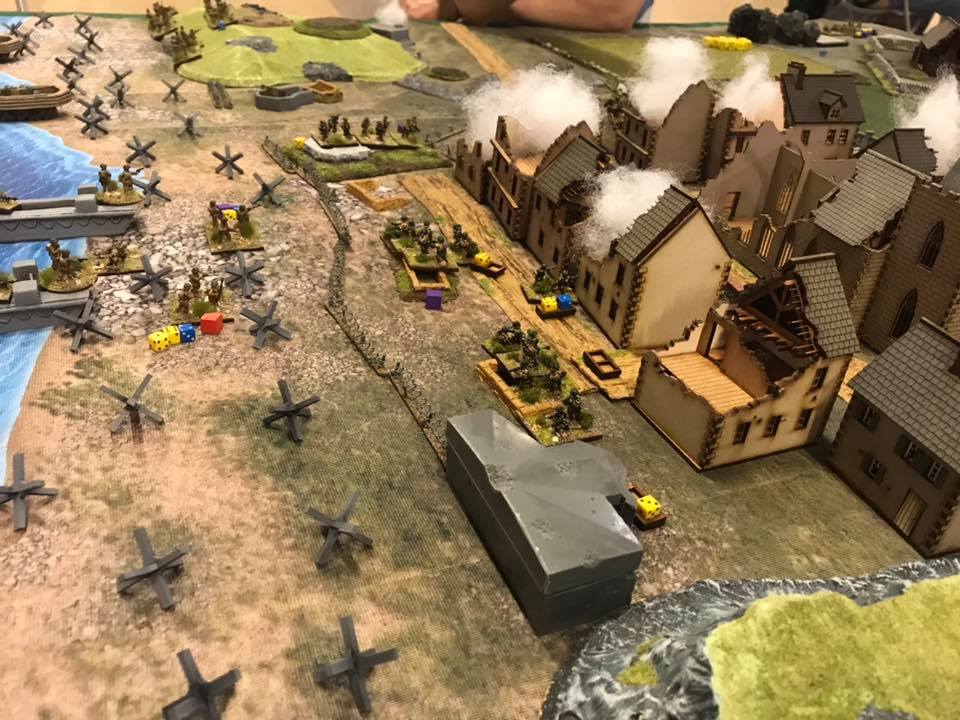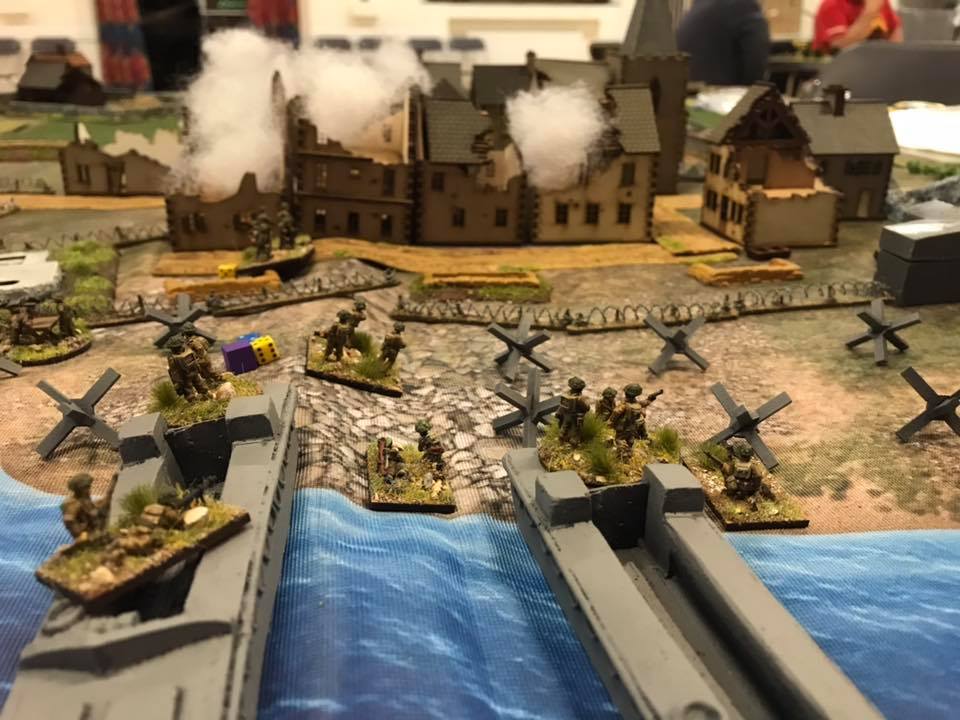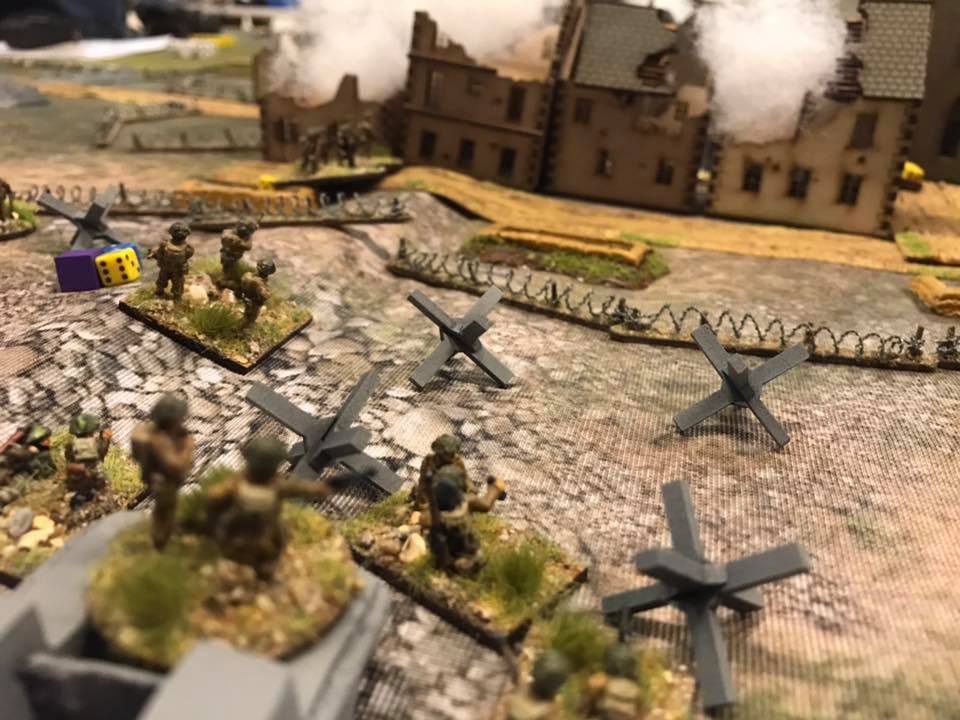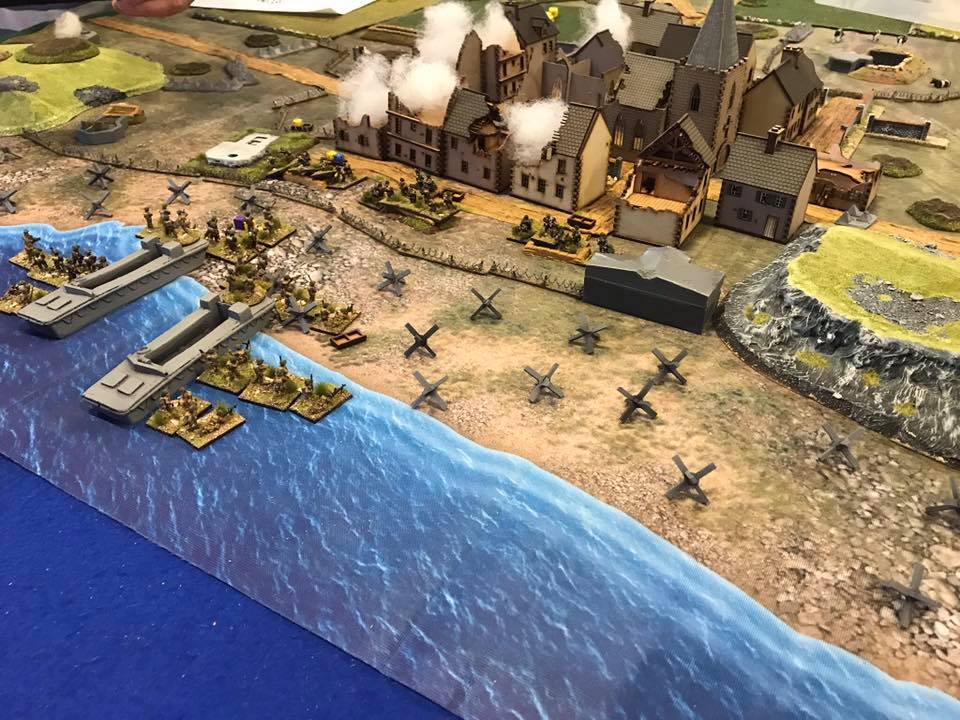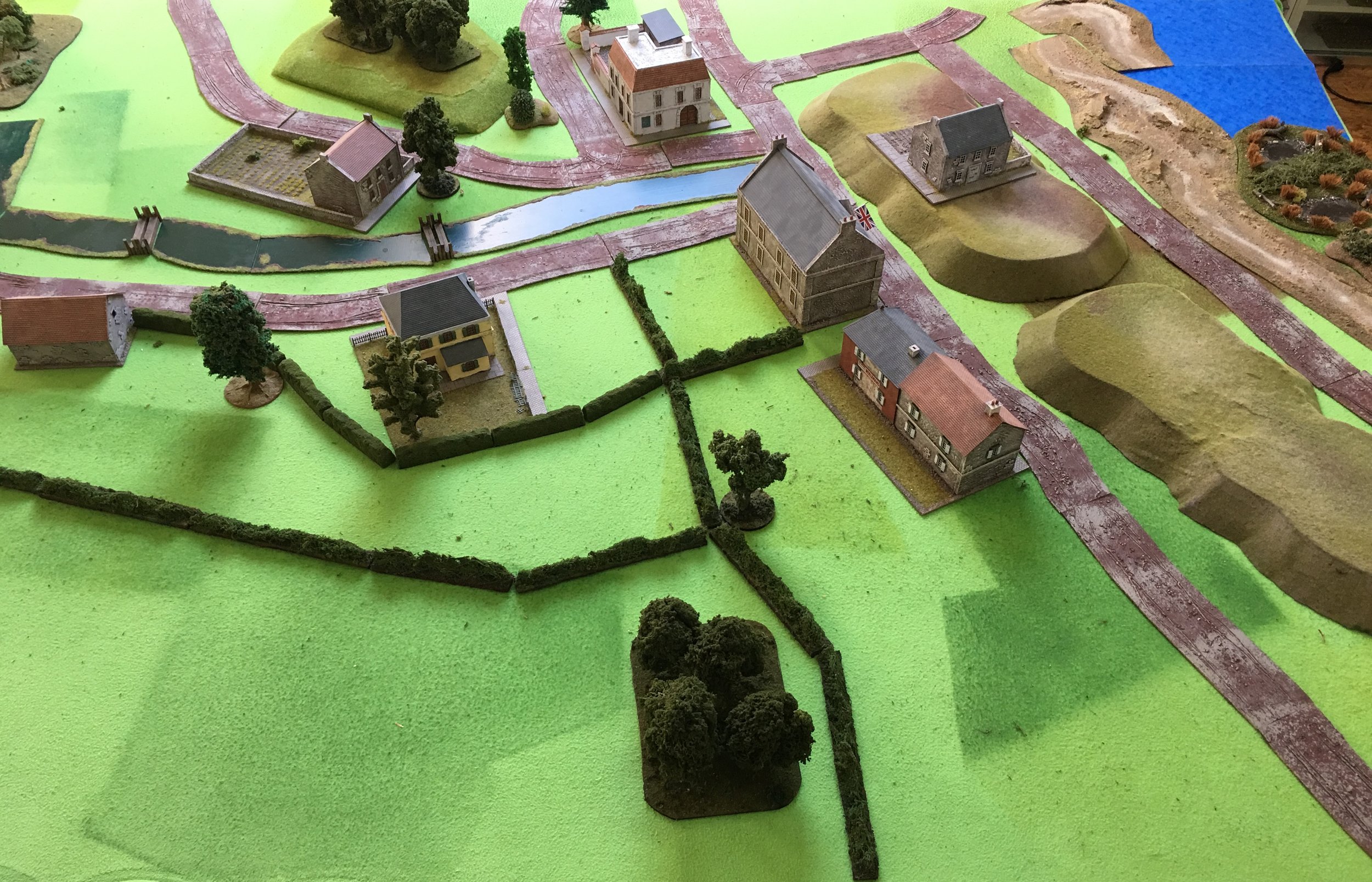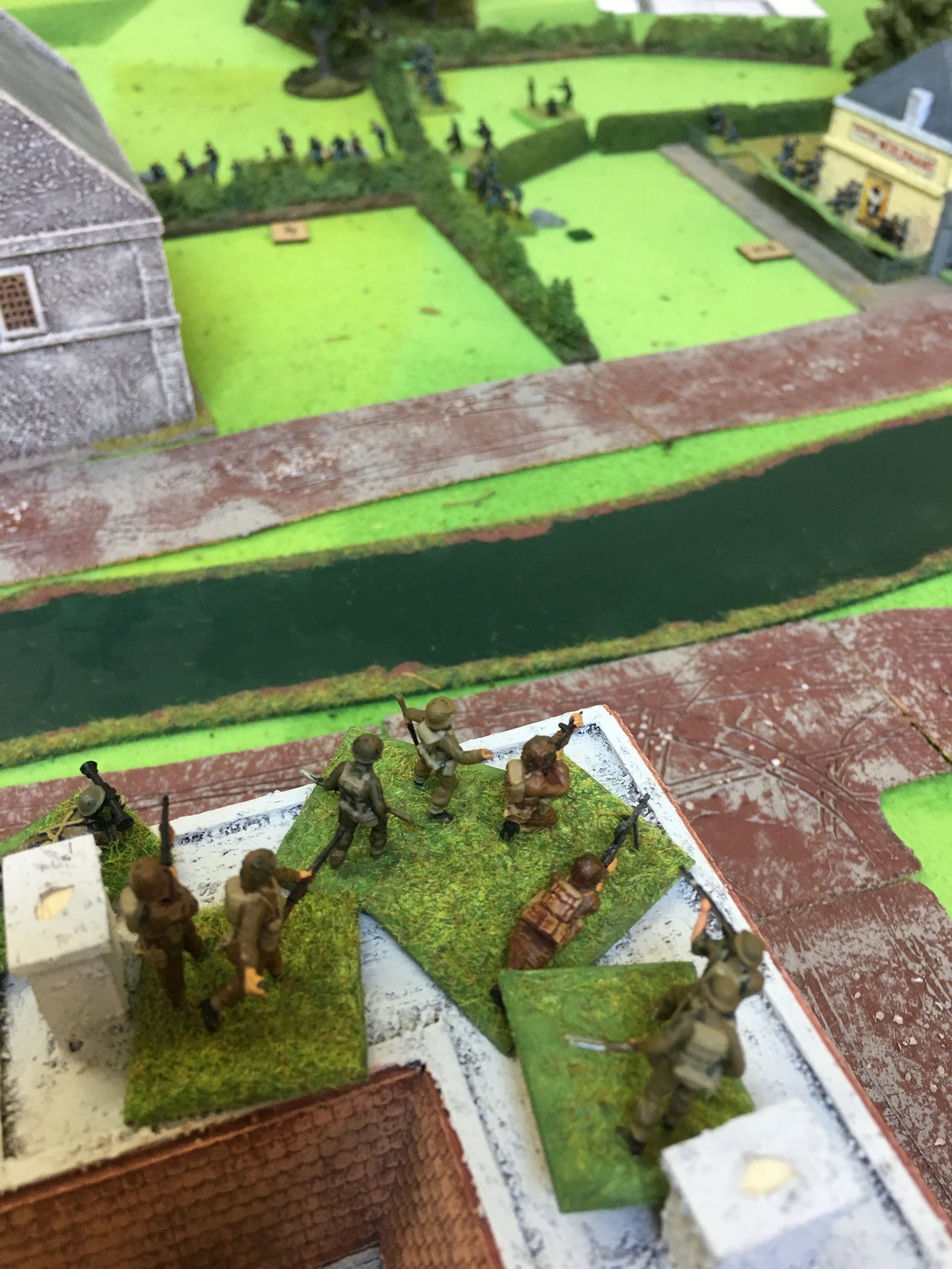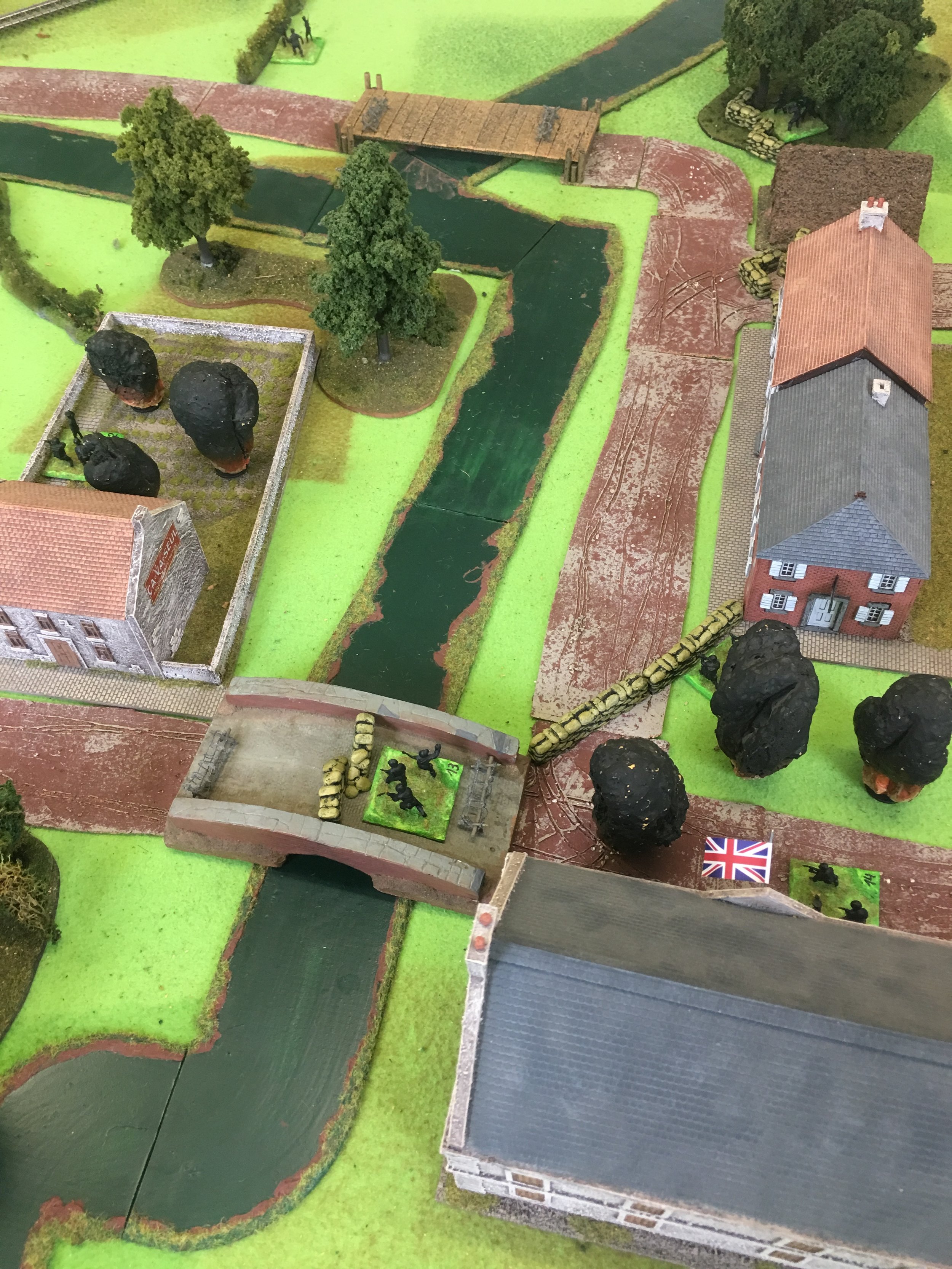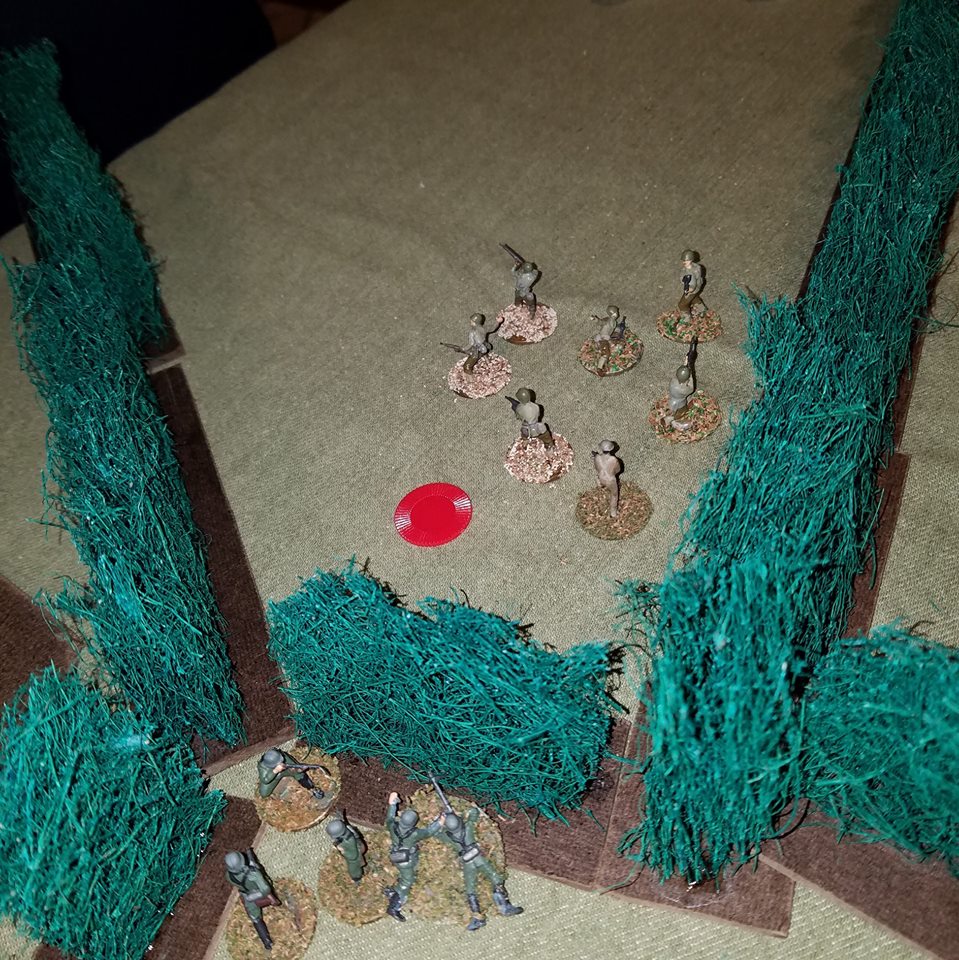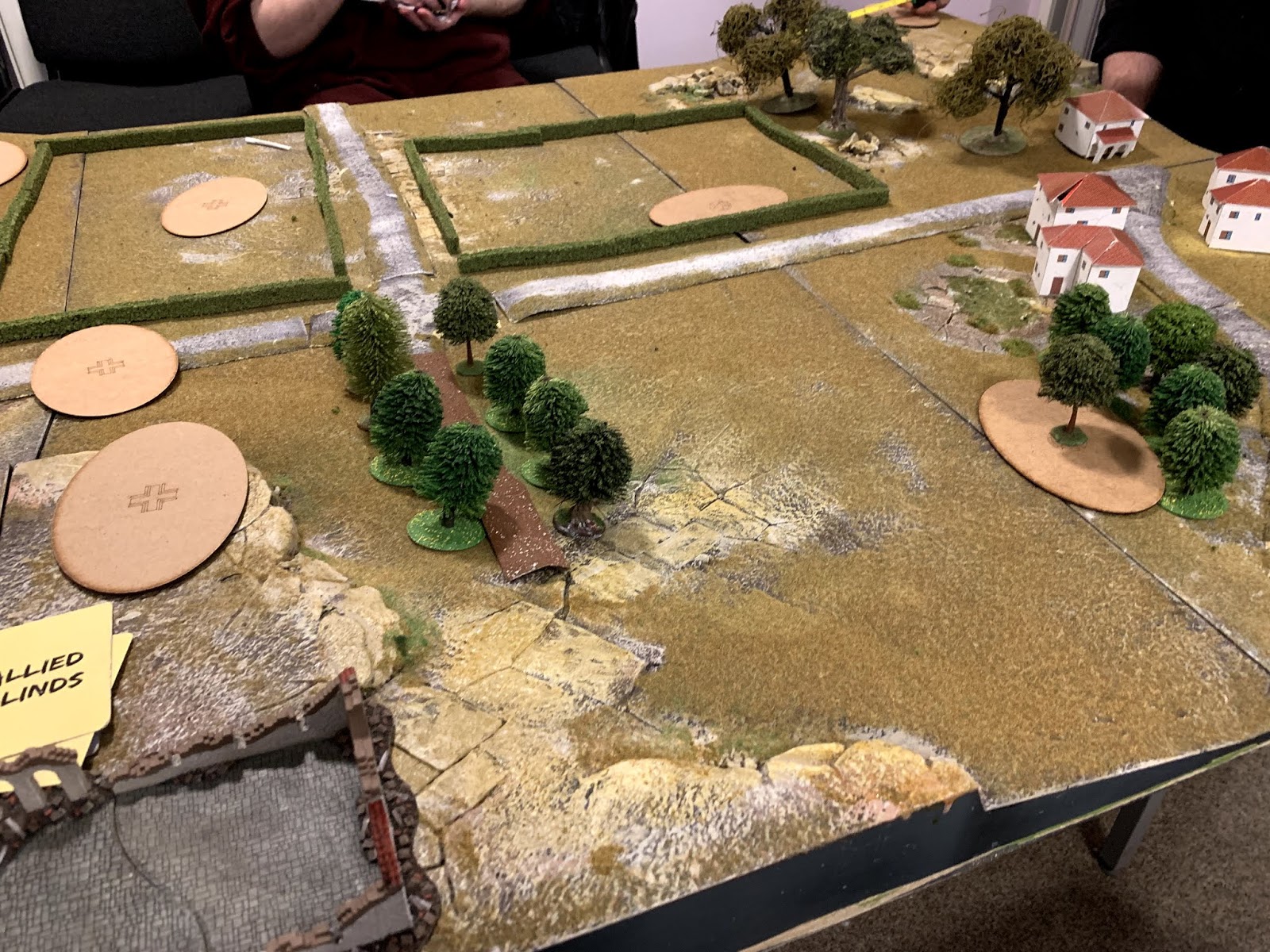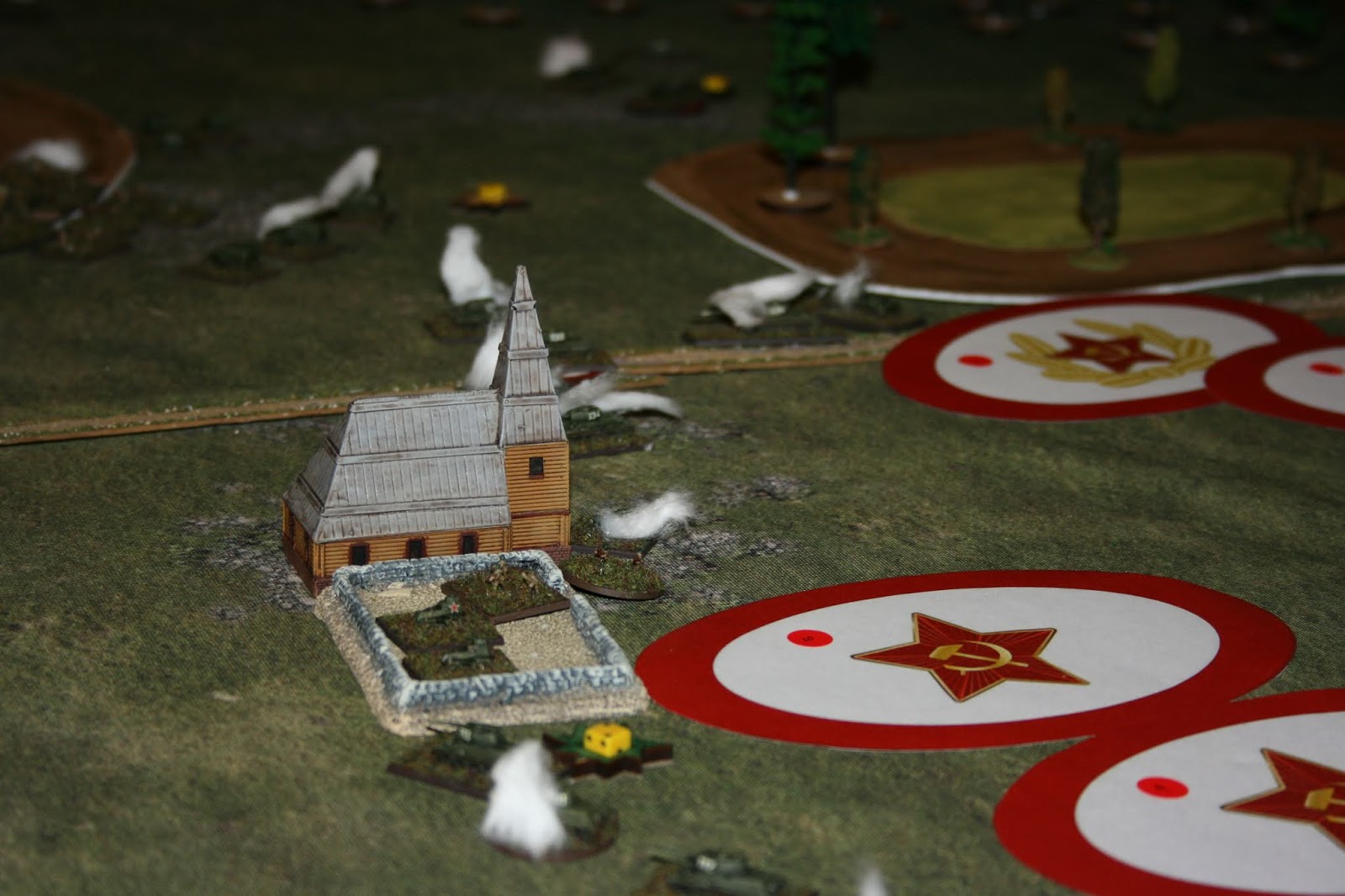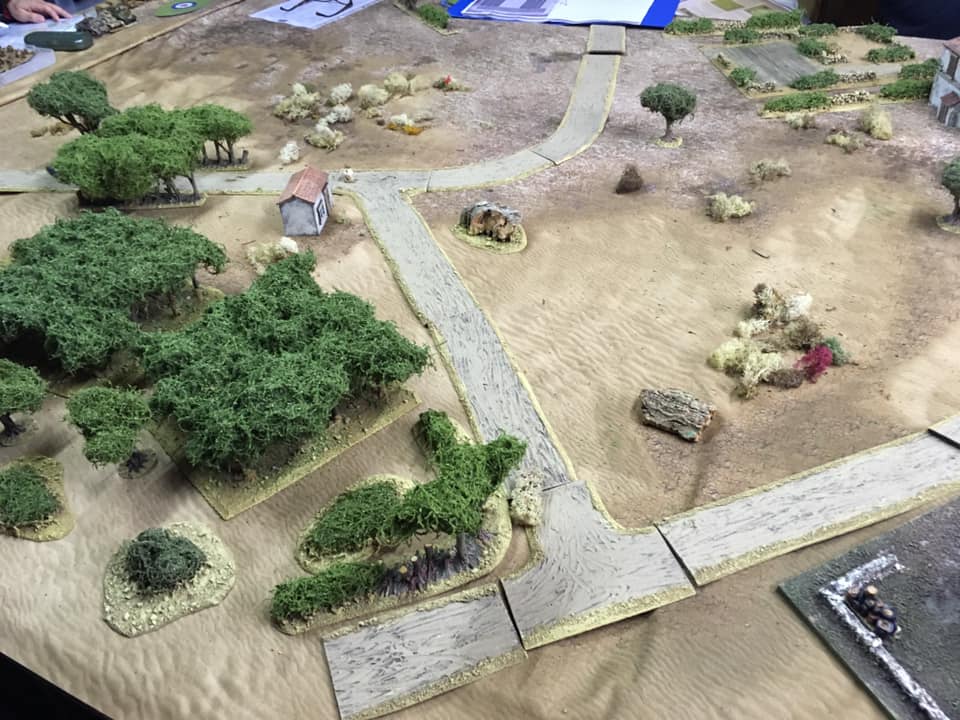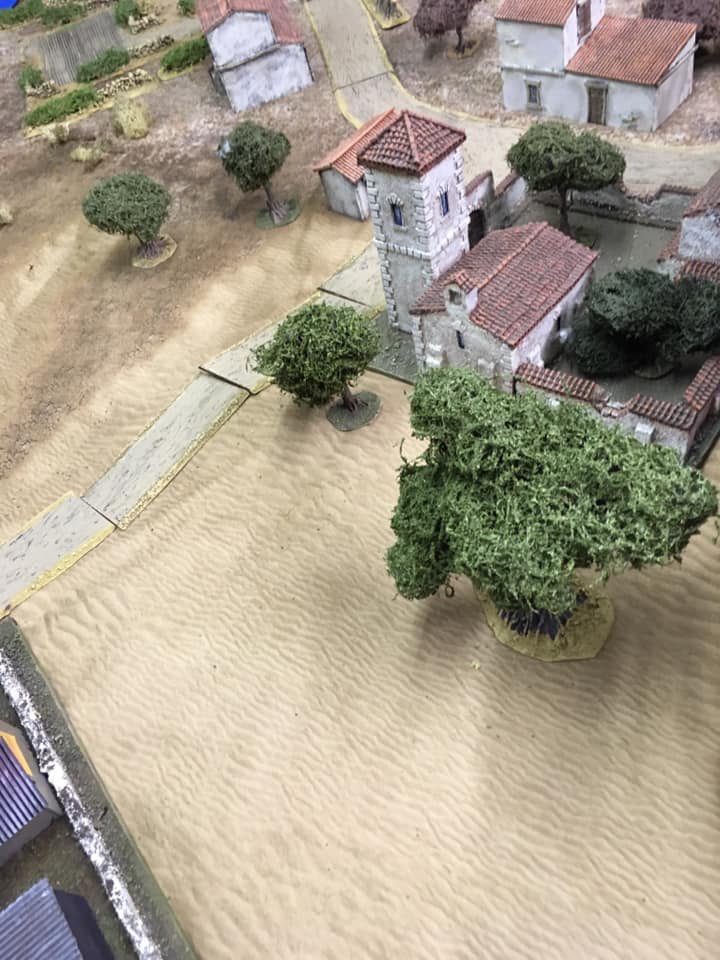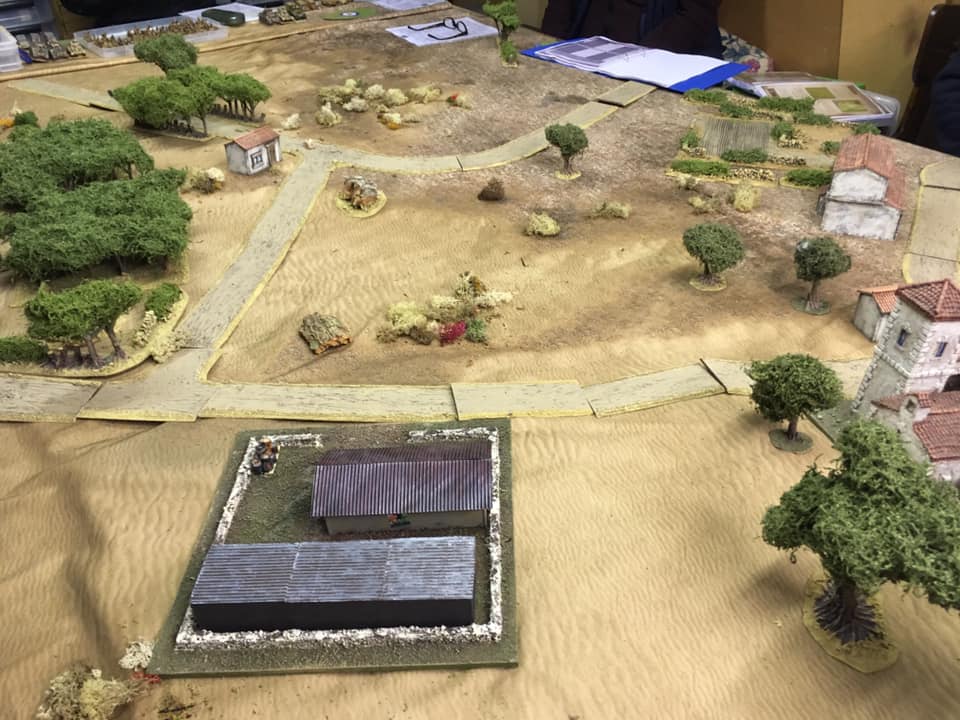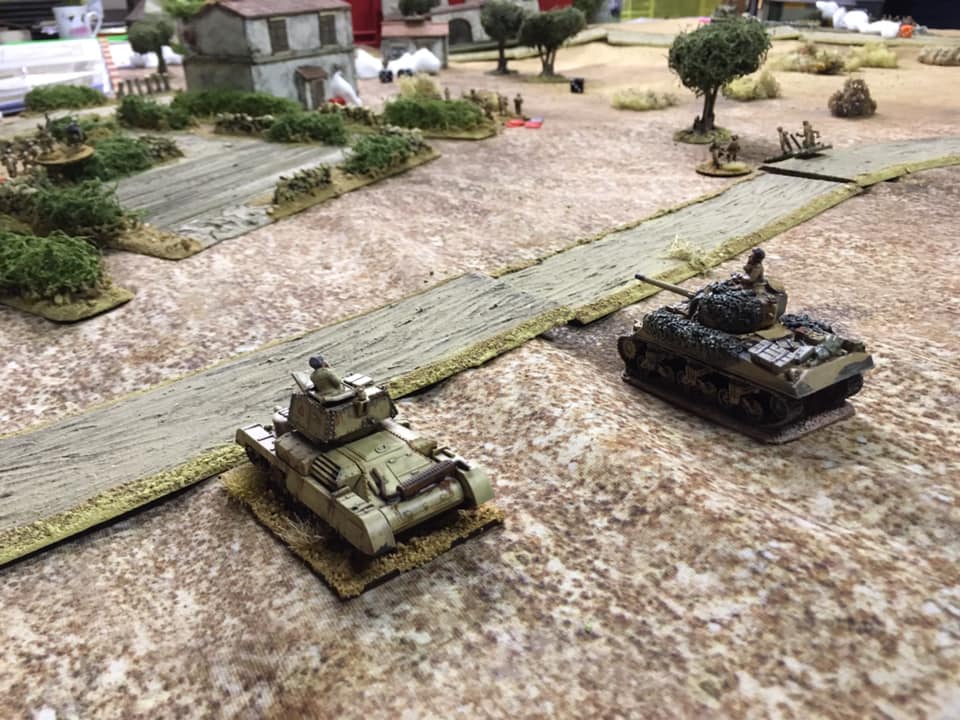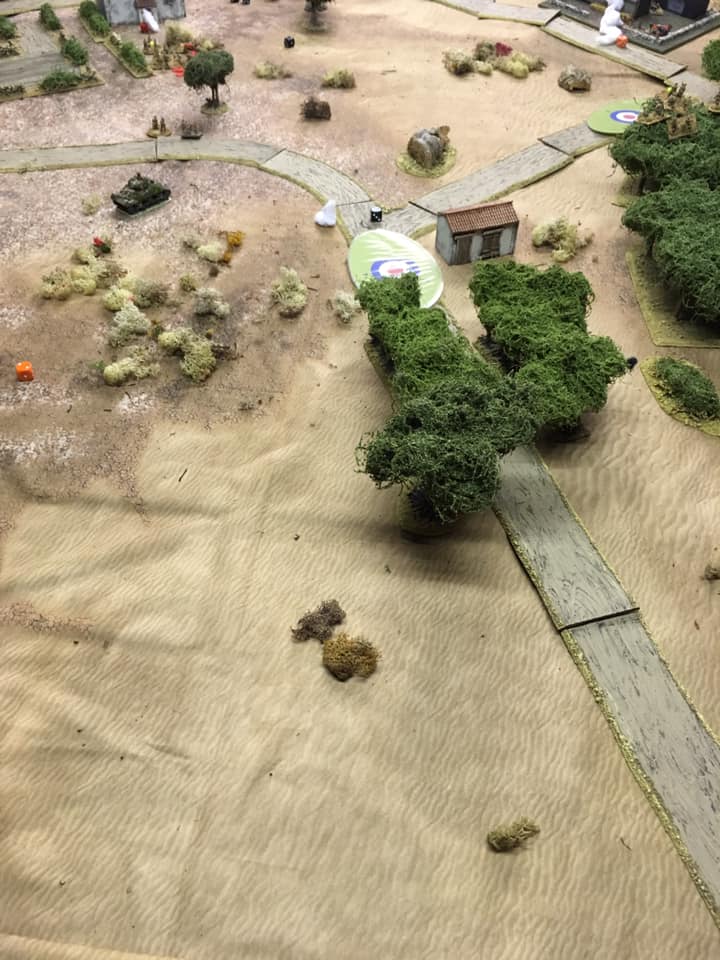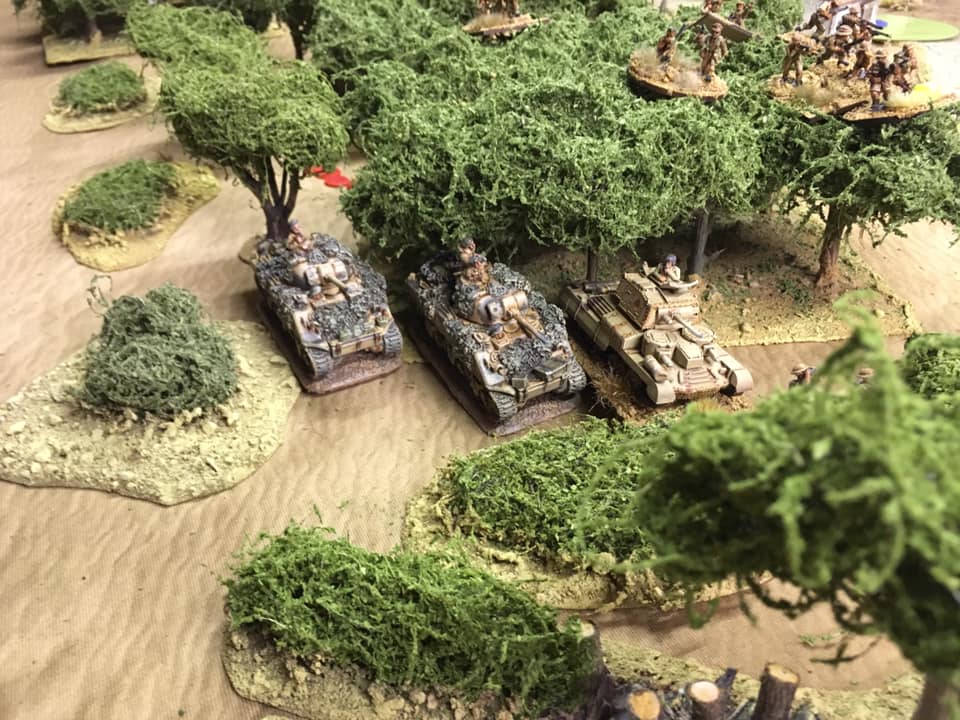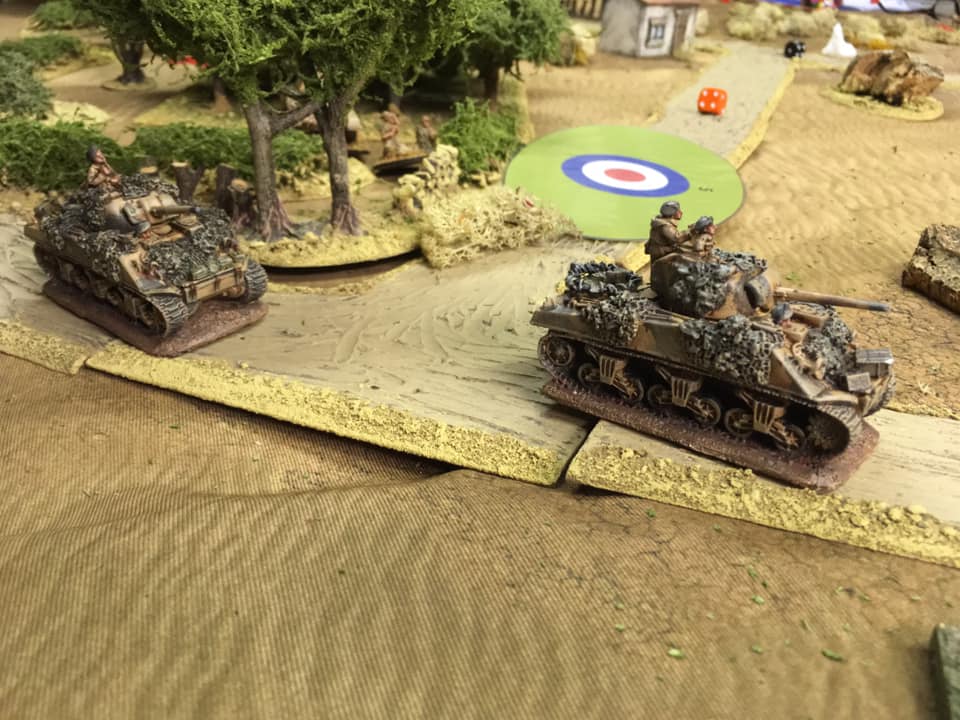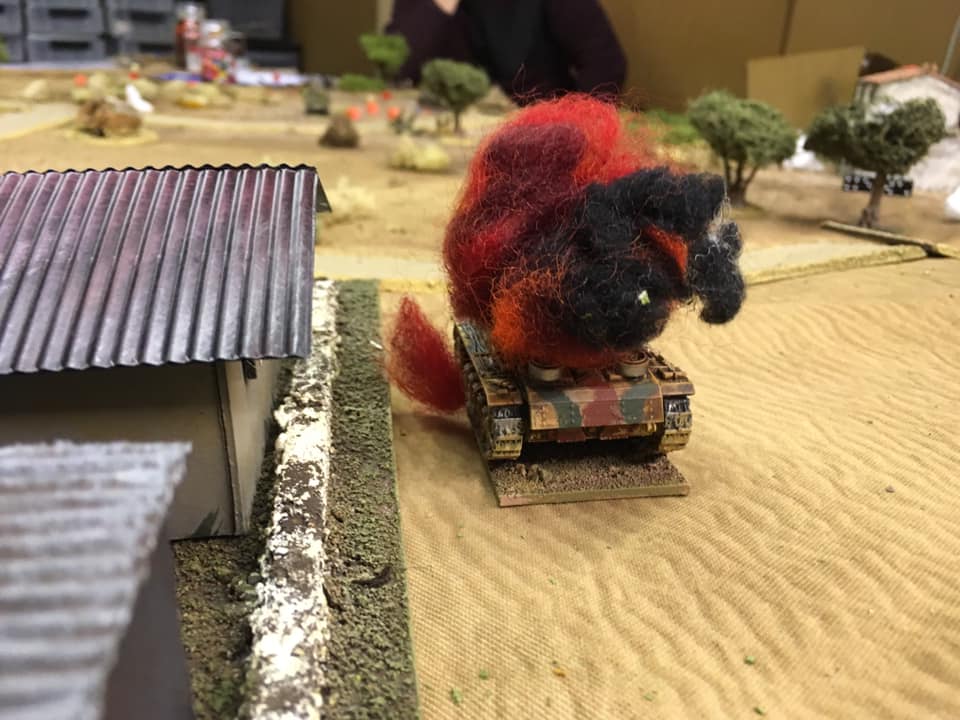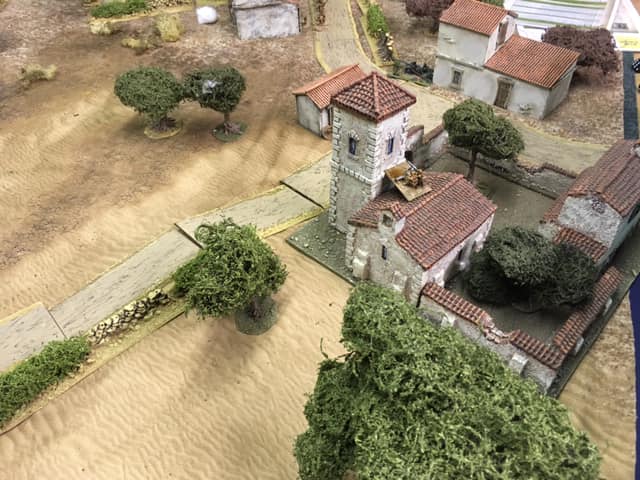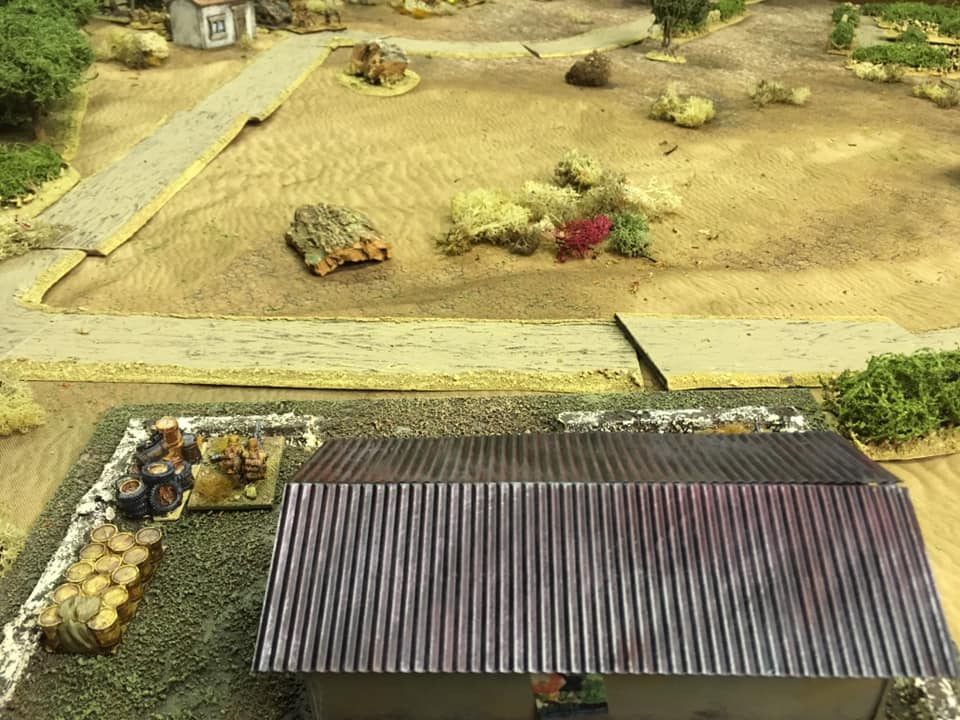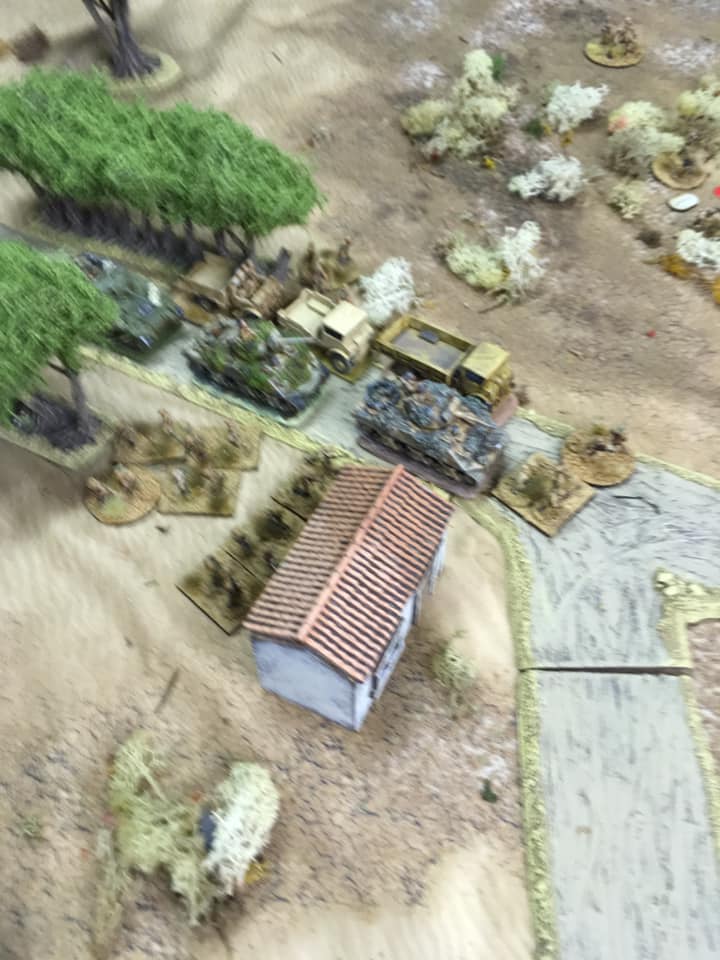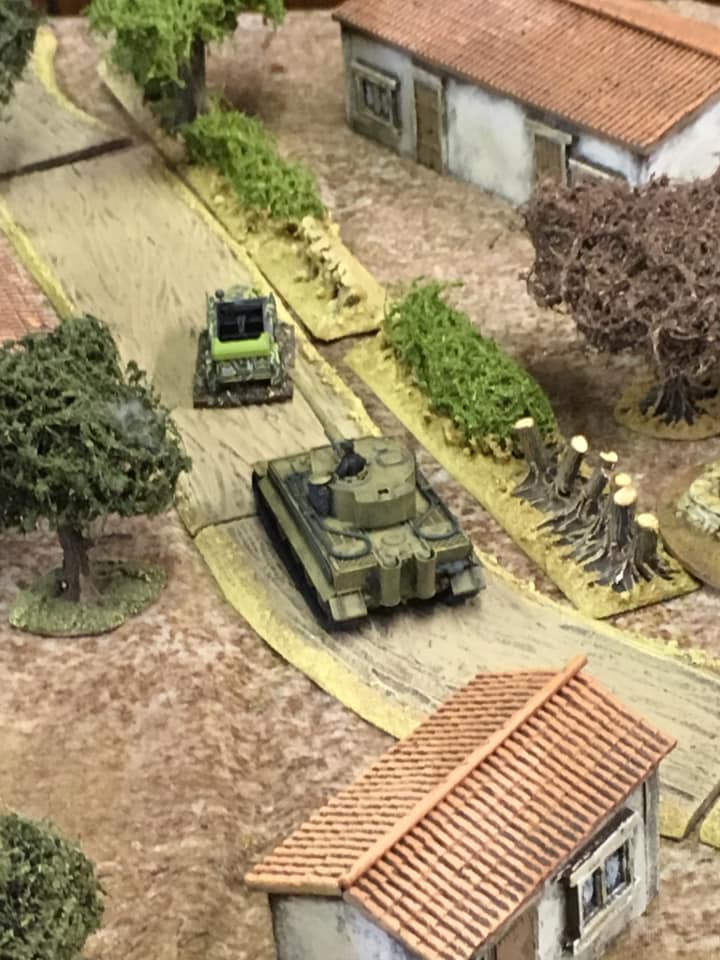So it's Christmas Day. What did you expect: a Christmas Present from the old man with the long beard? Here I am, Oberst Franz Beckenbauer, in command of Kampfgruppe Beckenbauer, part of 2 Panzer Division, about to give the Amis their present.
The big attack, Wacht am Rhein, started well nine days ago, with the Allies taken totally by surprise and the Ami front line troops shattered by our offensive, whilst their High Command seemed paralysed.
The weather slowed us down, yes, but it also kept their damn air force off our backs, but now however things are more difficult.
Supplies are getting fewer every day, fuel is critical, the men are tired and some Amis have actually fought well to delay us: even now that place Bastogne behind us has not been taken, and the pace of advance has dropped
Today could be the critical day I think.
Ahead is the small town of Beauraing, with an Allied forward supply depot, and just a little further on is Dinant and the river Meuse. If we can get across the Meuse then Antwerp is ours and the Allies will be starved of fuel as their supply line is cut. If we can just get the tanks filled up in Beauraing, what is to stop us?
The troops are tired yes, but our Panzergrenadiers are the best and the new panzers are unstoppable – provided they keep moving.
My Gruppe has been reduced a little over the last week, but I still have a balanced force with a real punch – infantry, tanks, artillery, tank destroyers and engineers as well – so the Amis will know we are here! I know there are some Ami paras up ahead walled up in the town and that they have tanks backing them up, but surely we can handle them?
We must be ready for surprises (have they mined the bridge ahead or the road?) but that's what Recon and Engineers are for!
This snow is bad, for whilst the roads are good, anything off road gets slowed down and wheeled vehicles risk getting bogged down.
The cloud is still heavy, too much for the Allied bombers perhaps and certainly too much for Goering boys. If it clears later then who knows?
Time to go, forwards!




